This Week in Bird(ing) News: Science, Citizen Science, and Citizen Savagery
10,000 Birds
JUNE 23, 2014
New studies find that: when birds migrate from the Arctic to South America, fragments of mosses, fungi, and other “diaspores” hitch a ride (and a similar phenomenon may have spread acacia trees from Hawaii to an island in the Indian Ocean); caterpillars which feed on many different types of plants are more attractive meals for birds than caterpillars (..)




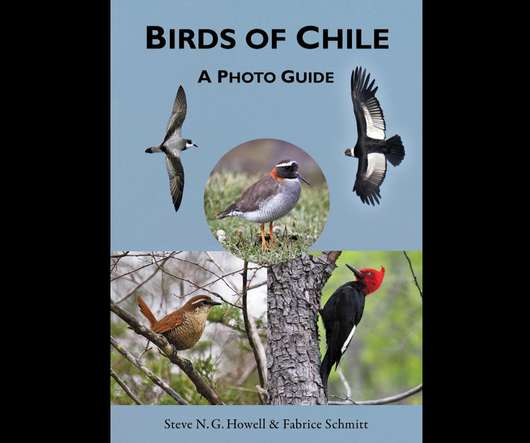






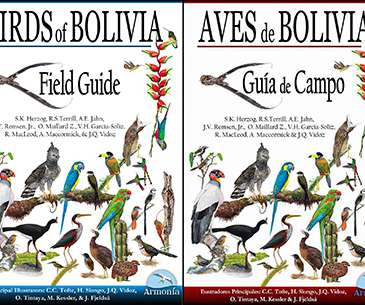


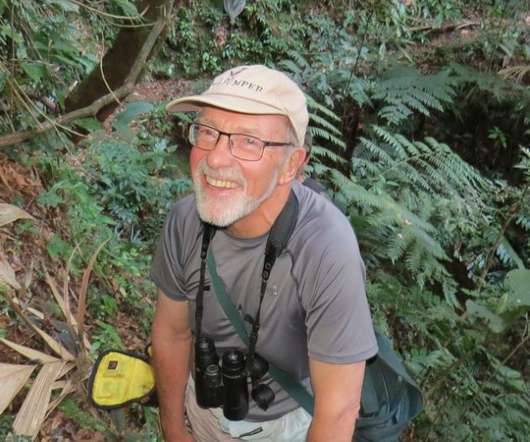

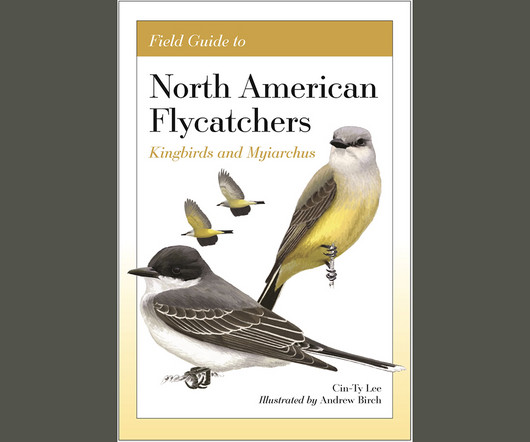
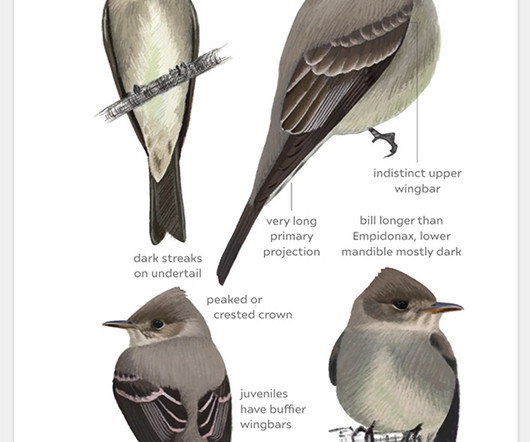

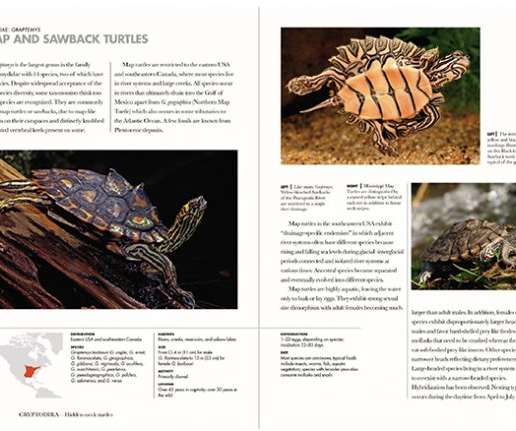

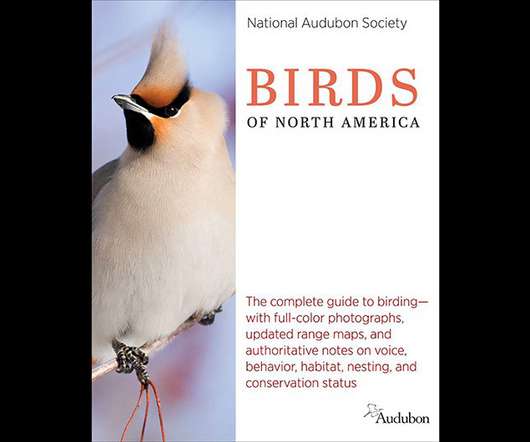

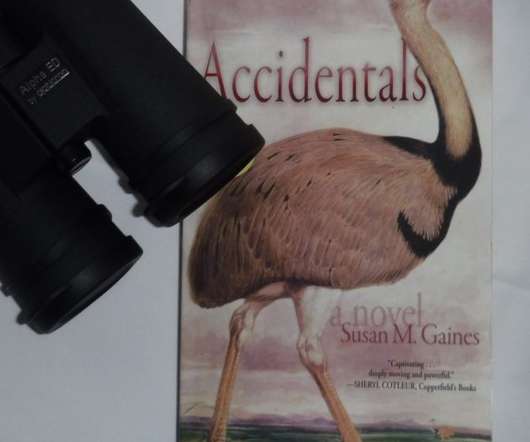
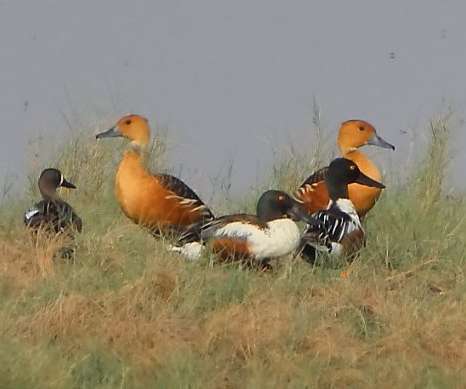







Let's personalize your content